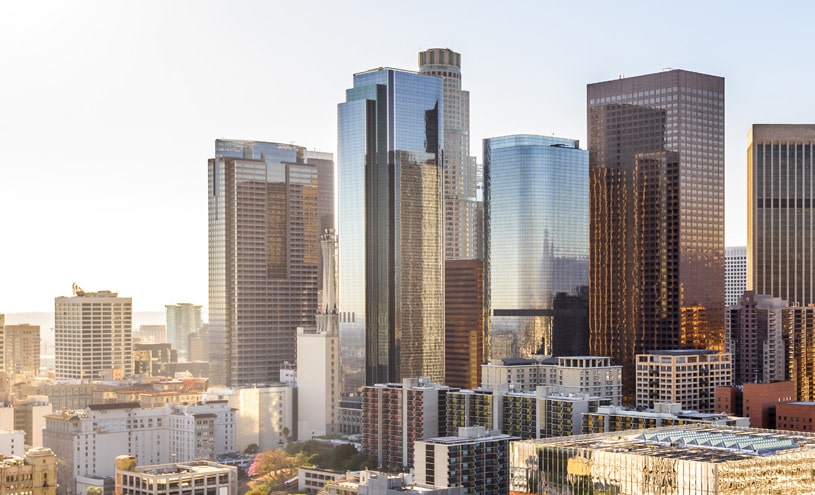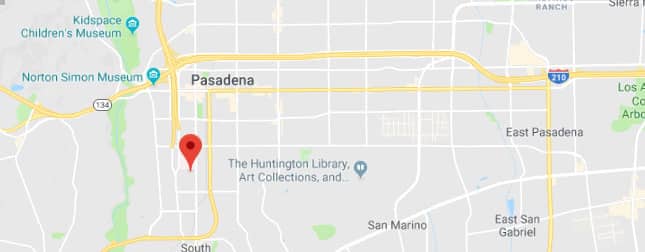 Rhinoplasty, commonly known as a nose job, is a significant surgical procedure that can improve facial symmetry and enhance overall appearance. Recovery plays a pivotal role in achieving the desired outcome, making it essential to understand what the process entails. Initially, patients may experience swelling, bruising, and discomfort, which are natural responses to the surgery. These symptoms typically begin to subside within the first few weeks but can take several months to fully resolve.
Rhinoplasty, commonly known as a nose job, is a significant surgical procedure that can improve facial symmetry and enhance overall appearance. Recovery plays a pivotal role in achieving the desired outcome, making it essential to understand what the process entails. Initially, patients may experience swelling, bruising, and discomfort, which are natural responses to the surgery. These symptoms typically begin to subside within the first few weeks but can take several months to fully resolve.
It’s essential to prepare mentally and physically for this period. Having realistic expectations and being patient with the healing process can make a significant difference. Swelling and bruising are temporary, but the final results of your rhinoplasty can take up to a year to fully manifest. In the meantime, follow the specific instructions provided by your facial plastic surgeon, as these are tailored to your individual case and are designed to promote optimal healing.
Sleep with your head elevated to minimize swelling and avoid any strenuous activities that could strain the surgical site. Proper rest, nutrition, and hydration are crucial components of a smooth recovery. Consuming a balanced diet rich in essential nutrients will support tissue repair and overall healing.
Regular follow-up appointments with your surgeon are vital to monitor progress and address any concerns promptly. Trust the process and give your body the time it needs to heal, knowing that each step brings you closer to the desired outcome. Dr. Eric Yavrouian provides tip refinement and rhinoplasty to patients in Glendale, Pasadena, Burbank, Greater Los Angeles, Beverly Hills, CA, and surrounding communities.
Getting Your Home Ready for Recovery
Before undergoing rhinoplasty, it’s crucial to prepare your home environment to ensure a comfortable and stress-free recovery. Start by setting up a dedicated resting area where you can relax and sleep without disturbances. Ideally, this spot should be close to a bathroom for convenience. Equip the area with plenty of pillows to help keep your head elevated, which can reduce swelling and promote healing.
Stock a bedside table with all the essentials you’ll need during recovery. These might include tissues, lip balm, bottled water, and any medications prescribed by your facial plastic surgeon. Having these items within arm’s reach will minimize the need to move around, allowing you to focus on rest.
Additionally, it’s wise to prepare easy-to-make meals ahead of time or consider stocking up on nutritious ready-made options. This way, you won’t need to worry about cooking when you’re supposed to be taking it easy. Make sure to fill any prescriptions before your surgery to avoid last-minute trips to the pharmacy.
Arrange for a friend or family member to assist you during the first few days post-surgery. Their support can be invaluable, helping with tasks that might be challenging while you’re recovering. Also, keep your home quiet and comfortable, as a peaceful environment can significantly aid your healing process.
Planning these aspects in advance will help you to focus on your recovery and make the overall process much more manageable.
Organizing Your Post-Surgery Schedule
Planning your schedule for the period following your rhinoplasty is vital for a smooth recovery. First, make sure to take adequate time off from work or school to focus on healing. The initial phase of recovery often requires rest and limited physical activity, so plan for at least a week or two, depending on your surgeon’s recommendations.
Additionally, arrange for someone to drive you home after the surgery, as you’ll be unable to operate a vehicle safely due to the effects of anesthesia and possible discomfort. It’s also wise to have a friend or family member available to help you during the first few days post-surgery, as you might need assistance with daily tasks.
Prepare a schedule for follow-up appointments with your facial plastic surgeon, and make sure you have reliable transportation for these visits. Missing these appointments can hinder your recovery and delay addressing any potential concerns. If you have children or pets, consider arranging for additional help to manage their care so you can rest and recover without added responsibilities.
Lastly, keep a calendar or planner to track your medication schedule, appointments, and any other important post-surgery activities. This will help you stay organized and ensure you’re following all the necessary steps for a successful recovery. Making these arrangements ahead of time will allow you to concentrate on healing, knowing that all essential aspects of your schedule are taken care of.
Complying with Your Surgeon’s Guidelines
Your surgeon will provide you with specific guidelines tailored to your unique case, which are crucial to follow for optimal recovery. Adhere strictly to any medication schedules and wound care instructions they give you. Keeping the surgical site clean and dry is essential to prevent infection. Avoid any activities that could exert pressure on your nose, such as bending over, heavy lifting, or intense exercise, until you receive clearance from your surgeon. Additionally, refrain from wearing glasses or sunglasses that rest on the bridge of your nose, as this can affect the healing process.
Your surgeon may also advise against blowing your nose for a certain period, so make sure to follow this recommendation to avoid complications. It’s equally important to stay away from smoking and limit alcohol intake, as these habits can impede your body’s ability to heal effectively. Follow any dietary restrictions or recommendations your surgeon suggests to promote recovery.
Ensure you attend all scheduled follow-up appointments so your surgeon can monitor your progress and address any concerns promptly. Keep open communication with your surgeon, reporting any unusual symptoms or side effects immediately. Compliance with these guidelines will significantly contribute to a smoother recovery, allowing you to achieve the best possible results from your rhinoplasty.
Tips for Nutrition and Staying Hydrated
Maintaining a balanced diet is vital for your body’s healing process after rhinoplasty. Focus on eating a variety of fruits, vegetables, lean proteins, and whole grains. Foods rich in vitamin C, zinc, and protein can be particularly beneficial for tissue repair and overall recovery. Incorporate citrus fruits, leafy greens, nuts, seeds, and lean meats into your meals to support the healing process.
Hydration is equally crucial; aim to drink at least eight glasses of water daily. Proper hydration helps flush out toxins and keeps your body functioning optimally. Avoid caffeinated and sugary drinks, as they can dehydrate you and hinder recovery. Herbal teas and clear broths are good alternatives that can also provide hydration and nutrients.
Consider small, frequent meals to keep your energy levels stable and aid digestion. If you experience nausea or a reduced appetite, light and easily digestible foods like soups, smoothies, and yogurt can be helpful. Always consult your facial plastic surgeon or a nutritionist for personalized dietary advice that aligns with your specific recovery needs.
Managing Discomfort and Swelling
Discomfort and swelling are expected aspects of rhinoplasty recovery, but there are several effective strategies to manage these symptoms. Cold compresses can be particularly helpful in reducing swelling around the nose and eyes. Wrap an ice pack in a soft cloth and apply it gently to the affected area for short intervals, as directed by your surgeon, to avoid skin damage. Keeping your head elevated, especially while sleeping, can also significantly reduce swelling. Use extra pillows or a specialized wedge pillow to maintain this position comfortably.
Over-the-counter pain medications may be recommended by your surgeon to help alleviate discomfort. Always follow your surgeon’s advice on which medications are safe to use and avoid those that can increase bleeding risk, such as aspirin. Staying hydrated and maintaining a balanced diet rich in nutrients can also aid your body’s natural healing processes, thereby reducing discomfort and swelling more efficiently.
Avoiding strenuous activities and heavy lifting is crucial, as these can exacerbate swelling and discomfort. Gentle walks can promote circulation without putting undue strain on your body. Additionally, wearing loose-fitting clothing that doesn’t need to be pulled over your head can prevent unnecessary pressure on the nose. Following these strategies can make a significant difference in managing discomfort and swelling, allowing for a more comfortable recovery experience.
Monitoring Your Healing Process
Monitoring your healing progress is essential to ensure a successful recovery from rhinoplasty. Keep a close eye on your nose and surrounding areas for any changes or unusual symptoms. While some bruising and swelling are expected, be alert for signs of infection such as increased redness, unusual discharge, or fever. If you observe any of these symptoms, contact your facial plastic surgeon immediately.
Photograph your nose periodically to track your progress visually. These images can be helpful during follow-up appointments, providing a clear record of your healing journey. Additionally, maintain a journal to document your daily experiences, including any discomfort, swelling, or other concerns. This can help you and your surgeon identify any patterns or issues that need to be addressed.
Stay committed to attending all scheduled follow-up visits, as these appointments are crucial for your surgeon to assess your healing and make any necessary adjustments to your recovery plan. Keep open communication with your surgeon and report any concerns promptly. By diligently monitoring your healing process, you can address any potential issues early and ensure a smoother recovery.
For more information about treatments and procedures by Facial Plastic and Reconstructive Surgeon, Dr. Eric J. Yavrouian, serving patients in and around Glendale, Pasadena, Burbank and the Greater Los Angeles, CA area call 818-241-2150 or click here to contact him for a consultation.






